-
 Bitcoin
Bitcoin $115000
0.88% -
 Ethereum
Ethereum $3727
2.86% -
 XRP
XRP $3.001
2.15% -
 Tether USDt
Tether USDt $1.000
0.03% -
 BNB
BNB $765.7
0.59% -
 Solana
Solana $169.5
3.52% -
 USDC
USDC $0.9999
0.00% -
 TRON
TRON $0.3391
1.24% -
 Dogecoin
Dogecoin $0.2059
2.68% -
 Cardano
Cardano $0.7418
2.24% -
 Hyperliquid
Hyperliquid $37.92
1.29% -
 Stellar
Stellar $0.4017
2.54% -
 Sui
Sui $3.508
2.67% -
 Chainlink
Chainlink $16.87
2.81% -
 Bitcoin Cash
Bitcoin Cash $569.4
2.08% -
 Hedera
Hedera $0.2472
0.22% -
 Ethena USDe
Ethena USDe $1.001
0.01% -
 Avalanche
Avalanche $22.29
1.22% -
 Litecoin
Litecoin $118.0
0.74% -
 UNUS SED LEO
UNUS SED LEO $8.924
-0.75% -
 Toncoin
Toncoin $3.236
1.65% -
 Shiba Inu
Shiba Inu $0.00001238
1.79% -
 Uniswap
Uniswap $9.827
3.02% -
 Polkadot
Polkadot $3.684
1.92% -
 Dai
Dai $1.000
0.01% -
 Monero
Monero $283.0
-2.73% -
 Bitget Token
Bitget Token $4.362
0.47% -
 Cronos
Cronos $0.1458
4.97% -
 Pepe
Pepe $0.00001054
2.58% -
 Ethena
Ethena $0.6238
9.53%
How to set automatic selling on Coinbase? Detailed explanation of stop-profit and stop-loss operations
Set up automatic sell orders on Coinbase to manage crypto investments: use stop-profit to lock in gains and stop-loss to limit losses. Monitor and adjust orders regularly.
Jun 05, 2025 at 04:14 pm
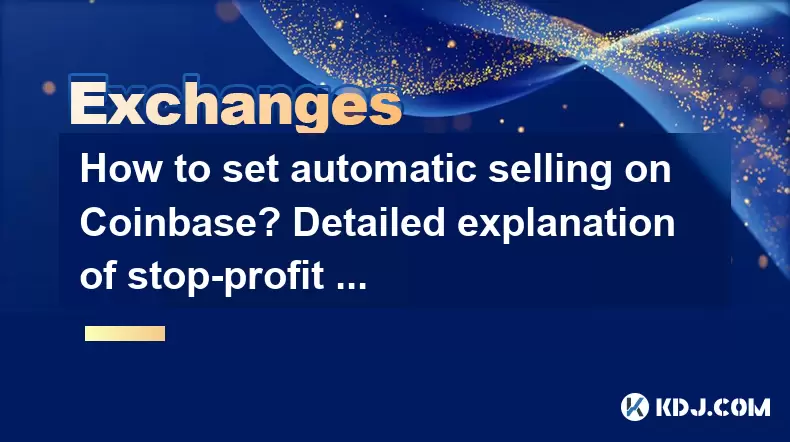
Setting up automatic selling on Coinbase can be a crucial strategy for managing your cryptocurrency investments effectively. This article will guide you through the process of setting up automatic sell orders, including detailed explanations of stop-profit and stop-loss operations. By understanding and utilizing these tools, you can better manage your risk and potentially increase your returns.
Understanding Automatic Selling on Coinbase
Automatic selling on Coinbase refers to setting up orders that will execute automatically when certain conditions are met. This can be particularly useful for managing your investments without having to constantly monitor the market. There are two main types of automatic sell orders you can set up on Coinbase: stop-profit and stop-loss.
Setting Up a Stop-Profit Order
A stop-profit order, also known as a take-profit order, is designed to lock in profits when a cryptocurrency reaches a certain price level. Here's how to set up a stop-profit order on Coinbase:
- Log in to your Coinbase account: Ensure you are logged into your Coinbase account and navigate to the trading section.
- Select the cryptocurrency: Choose the cryptocurrency you want to set the stop-profit order for.
- Navigate to the order type: Click on "Sell" and then select "Stop Order" from the order type options.
- Set the stop price: Enter the price at which you want the order to trigger. This is the price at which you want to sell your cryptocurrency to lock in profits.
- Set the limit price: You may also need to set a limit price, which is the minimum price you are willing to accept for your sell order. This is optional but can be useful in volatile markets.
- Review and confirm: Double-check all the details and confirm the order. Once the market price reaches your stop price, the order will be triggered, and your cryptocurrency will be sold at the best available price, ideally at or above your limit price.
Setting Up a Stop-Loss Order
A stop-loss order is designed to limit your losses by automatically selling your cryptocurrency when its price drops to a certain level. Here's how to set up a stop-loss order on Coinbase:
- Log in to your Coinbase account: Make sure you are logged into your Coinbase account and go to the trading section.
- Select the cryptocurrency: Choose the cryptocurrency you want to set the stop-loss order for.
- Navigate to the order type: Click on "Sell" and then select "Stop Order" from the order type options.
- Set the stop price: Enter the price at which you want the order to trigger. This is the price at which you want to sell your cryptocurrency to minimize losses.
- Set the limit price: You may also need to set a limit price, which is the maximum price you are willing to accept for your sell order. This is optional but can be useful in volatile markets.
- Review and confirm: Double-check all the details and confirm the order. Once the market price reaches your stop price, the order will be triggered, and your cryptocurrency will be sold at the best available price, ideally at or below your limit price.
Differences Between Stop-Profit and Stop-Loss Orders
Stop-profit and stop-loss orders serve different purposes but are both essential for managing your cryptocurrency investments. A stop-profit order helps you lock in gains by selling your cryptocurrency when it reaches a certain price level, while a stop-loss order helps you limit losses by selling your cryptocurrency when its price falls to a certain level.
Monitoring and Adjusting Your Orders
After setting up your stop-profit and stop-loss orders, it's important to monitor and adjust them as needed. The cryptocurrency market can be highly volatile, and prices can fluctuate rapidly. Regularly reviewing your orders and adjusting the stop and limit prices can help ensure they remain effective.
- Check your orders regularly: Log in to your Coinbase account and review your active orders. Make sure they are still aligned with your investment strategy.
- Adjust stop and limit prices: If the market conditions change, you may need to adjust the stop and limit prices of your orders to better reflect your current risk tolerance and investment goals.
- Cancel and replace orders: If necessary, you can cancel an existing order and set up a new one with updated parameters.
Considerations and Risks
While stop-profit and stop-loss orders can be powerful tools for managing your cryptocurrency investments, there are some considerations and risks to keep in mind:
- Market volatility: The cryptocurrency market can be highly volatile, and prices can move quickly. There's a risk that your order may not be executed at the exact price you specified, especially if the market is moving rapidly.
- Slippage: Slippage occurs when there's a difference between the expected price of a trade and the price at which the trade is actually executed. This can happen during periods of high volatility.
- Gaps in trading: Cryptocurrency markets can experience gaps in trading, where the price jumps from one level to another without any trades occurring in between. This can cause your stop order to be executed at a less favorable price.
FAQs
Q1: Can I set up multiple stop-profit and stop-loss orders for the same cryptocurrency on Coinbase?
Yes, you can set up multiple stop-profit and stop-loss orders for the same cryptocurrency on Coinbase. This allows you to manage your investments more flexibly and set different price levels for different portions of your holdings.
Q2: What happens if my stop order is not filled at my specified limit price?
If your stop order is not filled at your specified limit price, it will remain active until it is either filled or canceled. In highly volatile markets, there's a risk that your order may not be executed at your desired price due to slippage or gaps in trading.
Q3: Can I set up stop-profit and stop-loss orders on Coinbase Pro?
Yes, you can set up stop-profit and stop-loss orders on Coinbase Pro, which offers more advanced trading features compared to the standard Coinbase platform. The process is similar, but you'll need to navigate to the trading section on Coinbase Pro and select the appropriate order type.
Q4: Are there any fees associated with setting up stop-profit and stop-loss orders on Coinbase?
Yes, Coinbase charges fees for trading activities, including the execution of stop-profit and stop-loss orders. The fee structure depends on the type of transaction and the amount being traded. It's important to review Coinbase's fee schedule to understand the costs associated with these orders.
Disclaimer:info@kdj.com
The information provided is not trading advice. kdj.com does not assume any responsibility for any investments made based on the information provided in this article. Cryptocurrencies are highly volatile and it is highly recommended that you invest with caution after thorough research!
If you believe that the content used on this website infringes your copyright, please contact us immediately (info@kdj.com) and we will delete it promptly.
- IREN Overtakes: A New King in the Bitcoin Miner Hashrate Race?
- 2025-08-07 16:31:29
- Memecoins Mania: Whales Eye Pepe Dollar (PEPD) as Bonk Cools Off, While MoonBull Hogs the Spotlight!
- 2025-08-07 16:51:17
- Unilabs, PEPE, and Investment Risk: Navigating the Crypto Hype
- 2025-08-07 16:31:29
- Meme Coin Mania: Rug Pulls, CZ-Inspired Tokens, and the Wild West of Crypto
- 2025-08-07 16:57:14
- HashFlare Founders Face the Music: Jail Time Looms?
- 2025-08-07 14:30:12
- Pepeto's Pounce: Meme Coin Mania Meets Blockchain Infrastructure
- 2025-08-07 15:10:12
Related knowledge

How to deposit USD on Bitstamp
Aug 07,2025 at 05:18pm
Understanding Bitstamp and USD DepositsBitstamp is one of the longest-standing cryptocurrency exchanges in the industry, offering users the ability to...
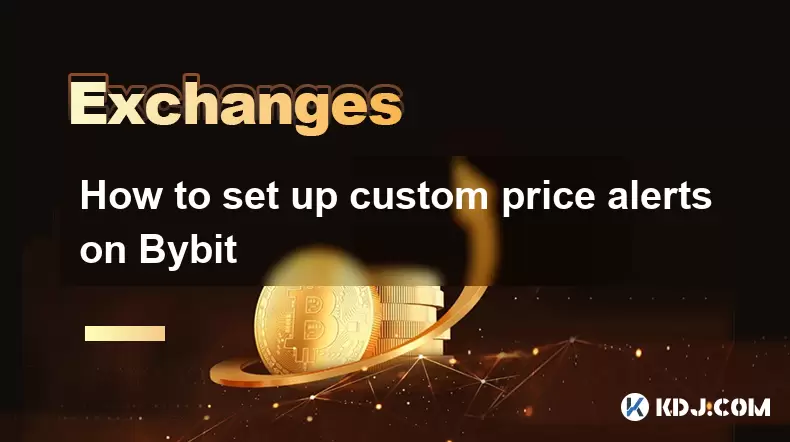
How to set up custom price alerts on Bybit
Aug 07,2025 at 04:31pm
Understanding Price Alerts on BybitPrice alerts on Bybit are essential tools for traders who want to stay informed about significant price movements i...
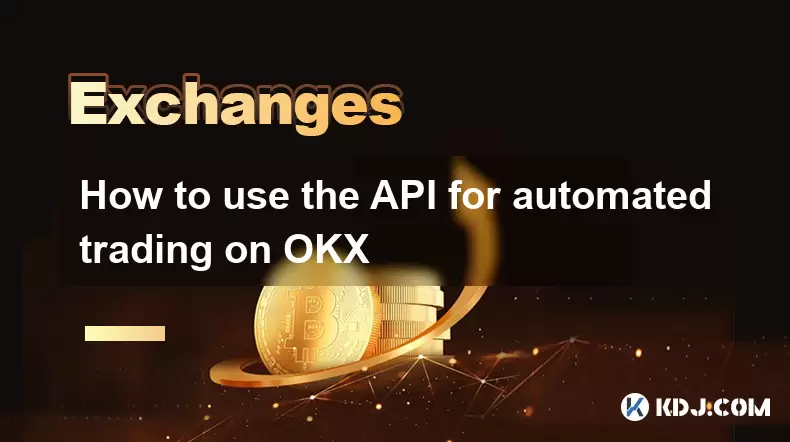
How to use the API for automated trading on OKX
Aug 07,2025 at 05:21pm
Understanding the OKX API for Automated TradingThe OKX API provides a powerful interface for users to automate their trading strategies, access real-t...

How to claim airdropped tokens on Gate.io
Aug 07,2025 at 04:01pm
Understanding Airdropped Tokens on Gate.ioAirdropped tokens are digital assets distributed for free by blockchain projects to promote awareness, incen...
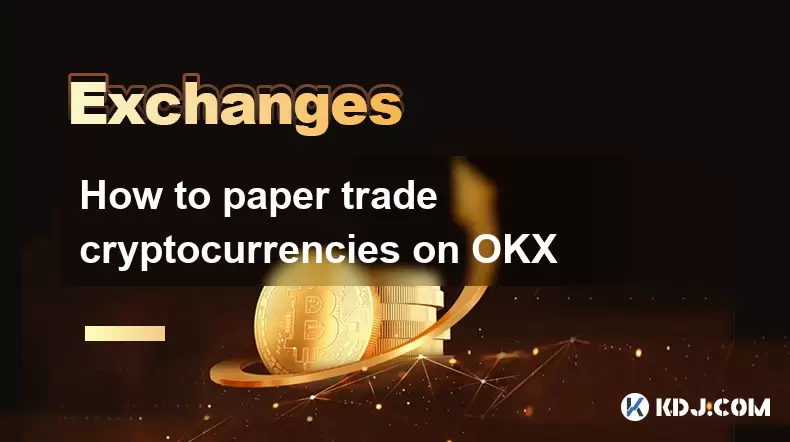
How to paper trade cryptocurrencies on OKX
Aug 07,2025 at 06:01pm
Understanding Paper Trading in the Cryptocurrency ContextPaper trading, also known as simulated or virtual trading, allows users to practice buying an...
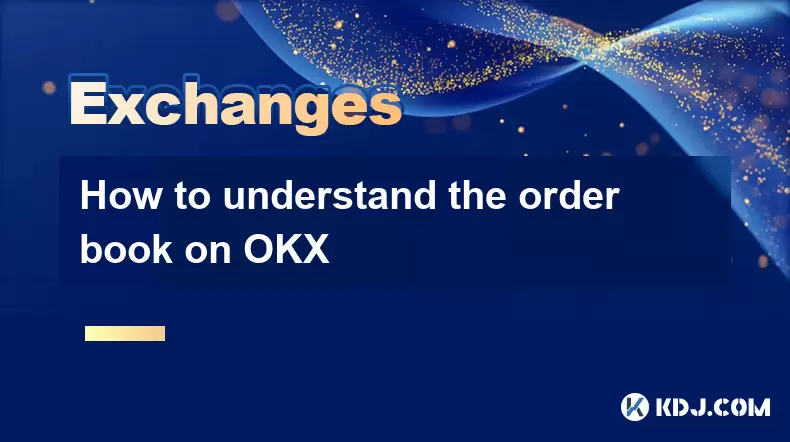
How to understand the order book on OKX
Aug 07,2025 at 03:49pm
What Is an Order Book on OKX?The order book on OKX is a real-time, dynamic list of all open buy and sell orders for a specific cryptocurrency trading ...

How to deposit USD on Bitstamp
Aug 07,2025 at 05:18pm
Understanding Bitstamp and USD DepositsBitstamp is one of the longest-standing cryptocurrency exchanges in the industry, offering users the ability to...

How to set up custom price alerts on Bybit
Aug 07,2025 at 04:31pm
Understanding Price Alerts on BybitPrice alerts on Bybit are essential tools for traders who want to stay informed about significant price movements i...

How to use the API for automated trading on OKX
Aug 07,2025 at 05:21pm
Understanding the OKX API for Automated TradingThe OKX API provides a powerful interface for users to automate their trading strategies, access real-t...

How to claim airdropped tokens on Gate.io
Aug 07,2025 at 04:01pm
Understanding Airdropped Tokens on Gate.ioAirdropped tokens are digital assets distributed for free by blockchain projects to promote awareness, incen...

How to paper trade cryptocurrencies on OKX
Aug 07,2025 at 06:01pm
Understanding Paper Trading in the Cryptocurrency ContextPaper trading, also known as simulated or virtual trading, allows users to practice buying an...

How to understand the order book on OKX
Aug 07,2025 at 03:49pm
What Is an Order Book on OKX?The order book on OKX is a real-time, dynamic list of all open buy and sell orders for a specific cryptocurrency trading ...
See all articles

























































































